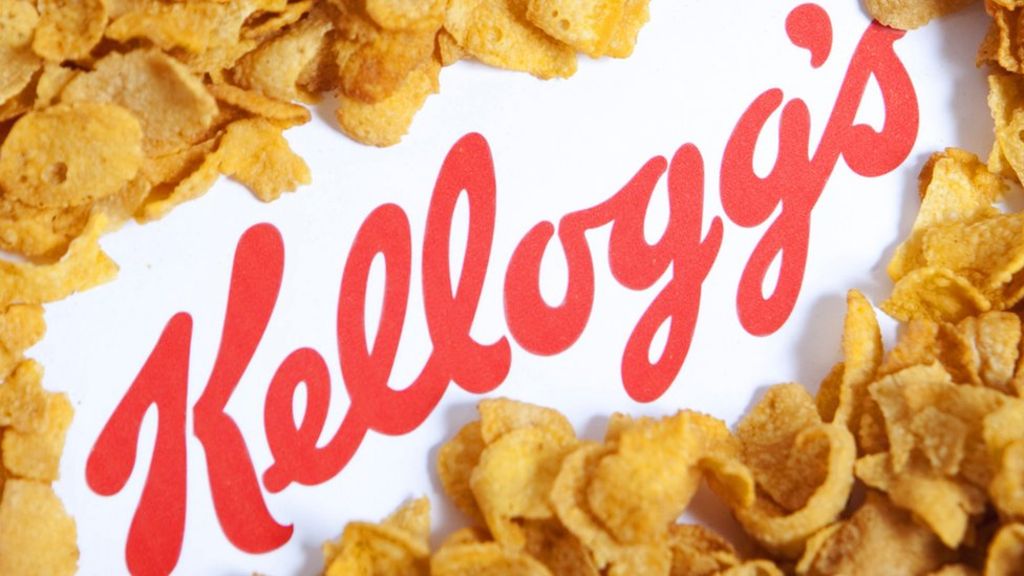
In a major victory that could signal the beginning of the end for the use of glyphosate as a preharvest drying agent, or desiccant, food giant Kellogg has announced they’re phasing out the practice.
In a quiet revelation on their website’s glyphosate Q&A page, Kellogg addressed a question they’ve had from customers, which asks, “I’ve heard that farmers spray Roundup on crops before harvest to dry them out. Does that happen on crops that you use to make cereal?”1
In response, Kellogg states that while they do not own or operate any farms, they’ve been engaging with their suppliers about pesticide use, including the use of glyphosate as a desiccant, since before 2017. Notably, they state they’re in the process of stopping the controversial practice entirely, with plans of phasing it out by 2025:
“Although this practice is not widespread in our wheat and oat supply chains worldwide and is not an approved practice in the U.S., we are working with our suppliers to phase out using glyphosate as pre-harvest drying agent in our wheat and oat supply chain in our major markets by the end of 2025.”2
Why Is Glyphosate Used as a Desiccant?
About two weeks prior to harvesting grain crops like wheat, oats and barley, glyphosate may be sprayed onto the crop, which accelerates the drying process, allowing for earlier harvest.
This benefits farmers, as it may allow them to complete their harvest before wet weather comes and, by drying out the grain, it may reap them a higher profit, as the greater the moisture content of the grain at sale, the lower the price they get. As Kellogg stated:
“We know that some consumers have questions about the use of the herbicide glyphosate (also known by its brand name Round Up) as a drying agent a few weeks before harvest, particularly with wheat and oats. This practice is done by some farmers in certain circumstances — like harvesting the crop more quickly if weather is challenging.”3
Although it may not be officially approved, the use of glyphosate as a desiccant is widespread enough that it could be driving up human exposures and leading to high levels of glyphosate residues in popular foods.
While media headlines often focus on the use of glyphosate in genetically engineered (GE) crops, such as Roundup Ready varieties, the use of glyphosate as a desiccant may be particularly problematic because it’s sprayed so near to harvest, which could result in higher residue levels and greater exposures to consumers.4
Glyphosate as a Desiccant Could Be Driving Up Human Exposures
A revealing study published in JAMA in 2017 tested urine levels of glyphosate and its metabolite aminomethylphosphonic acid (AMPA) among 100 people living in Southern California over a period of 23 years — from 1993 to 2016.5
At the start of the study, very few of the participants had detectable levels of glyphosate in their urine, but by 2000 30% of them did and this rose to 70% by 2016.6 Overall, the prevalence of human exposure to glyphosate increased by 500% during the study period while actual levels of the chemical, in ug/ml, increased by a shocking 1,208%.7
Initially, one might suggest that the increases were due to exposure to GE crops, but this remained relatively stable during the study, leading experts to suggest that the preharvest spraying of glyphosate as a desiccant could be to blame.
In an analysis for Environmental Health News, Richard Jackson, professor at the Fielding School of Public Health at UCLA, and Charles Benbrook, a visiting scholar in the Bloomberg School of Public Health, Johns Hopkins University, wrote:8
“Around 2002, farmers in the U.S. started adopting pre-harvest, desiccation uses of Roundup … Such ‘harvest aid’ uses of glyphosate entail spraying fields about two weeks prior to harvest … But spraying a mature grain or bean crop so close to harvest with a glyphosate-based herbicide results in much higher residues than traditional, spring or early summer applications.
Beginning around 2004 and over about the next decade, incrementally more acres were sprayed to speed up harvest in the U.S. It is nearly certain that residues from these applications were largely responsible for doubling the levels of glyphosate and its metabolite found in the urine of Rancho Bernado residents.”

